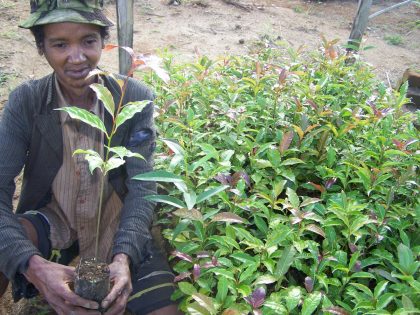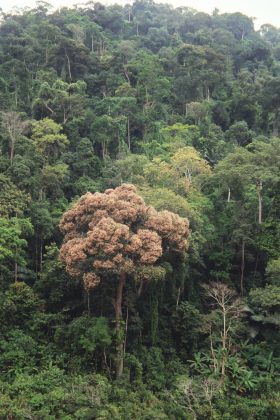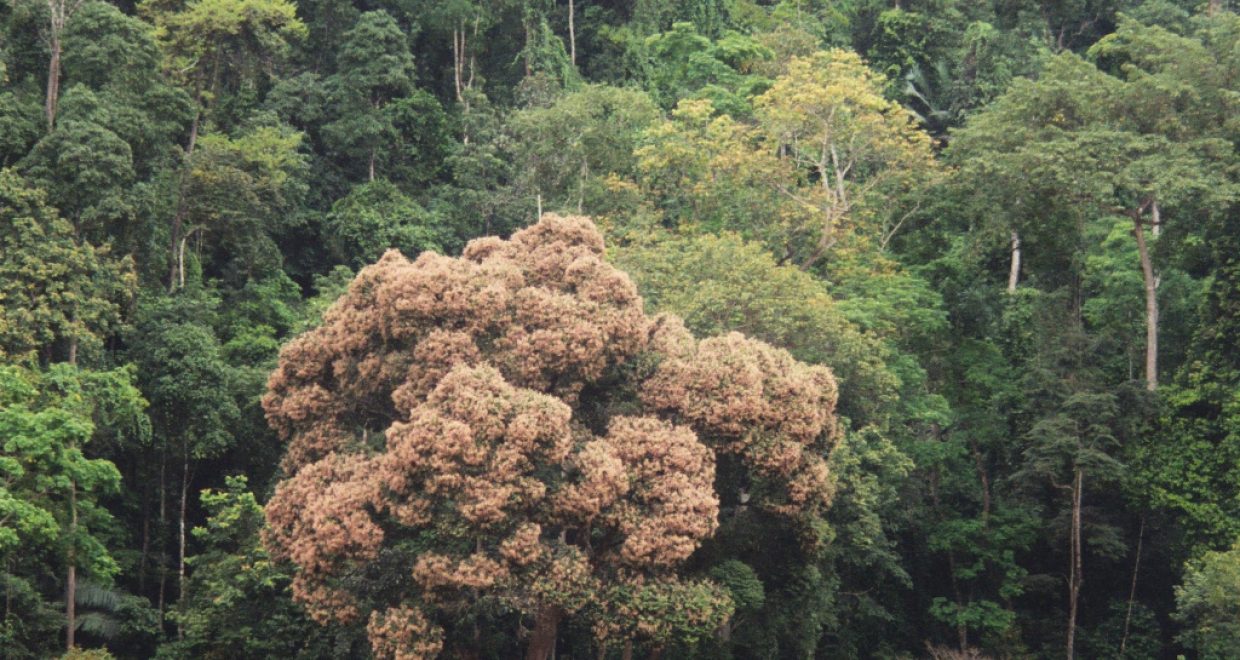Governments commit to forest restoration, but what does it take to restore forests?
Cameroon has pledged to restore over a quarter of its land or 12,062,800 ha, Guatemala has pledged over 10% of its land for restoration with 1.2 million ha, India committed over 8% of its land, a staggering 26,500,000 ha to restoration, and the list of countries pledging hectares of land to restoration continues.

Major global or regional political initiatives such as the Bonn Challenge on forest landscape restoration or the Africa Forest Restoration 100 (AFR100) Initiative encourage and frame this pledging enthusiasm. Yet to a certain extent, pledging is the easy part, living up to those pledges is much more difficult. Where restoration has taken place already, understanding the factors that have facilitated this process can help to inform ambitious targets, even though contexts differ and there is no single recipe for success. Nevertheless, adapting what works in one country is often easier than starting from a blank slate.

the Central Annamites © S. Mansourian
Through our study of 10 cases from national and sub-national jurisdictions we sought to identify from past experience, which conditions favour the increase in forest cover. To do this, we used a framework that explored for three different phases – motivation, implementation, and sustainability – major factors promoting restoration. Our analysis identified 15 motivating factors for forest restoration, including for example, the desire to mitigate land degradation, droughts or floods or to contribute to biodiversity conservation.
In the implementation phase, our analysis considered the influence of different policies, financial incentives, the role of stakeholders at different levels, tenure and property rights. For example, Costa Rica and Espírito Santo State in Brazil have been paying forest managers for the ecosystem services of forest protection and restoration using a tax levied on industry. In the final phase, for restoration to be sustained, we found that all the countries included restoration in at least one of their plans to the three major global environmental conventions (CBD, UNCCD, UNFCCC).
We hope that our findings can provide inspiration and can be adapted to different contexts to support the large number of countries having committed to restoring millions of hectares, so that they can build on experiences to date and accelerate the implementation of their pledges in a scientifically sound manner.
The paper “Governments commit to forest restoration, but what does it take to restore forests?” by, Stephanie Mansourian, Hermine Kleymann, Valerie Passardi, Susanne Winter, Mercy Afua Adutwumwaa Derkyi, Anita Diederichsen, Mónica Gabay, Pablo Pacheco, Daniel Vallauri and Christian A Kull, is open access and is part of the Environmental Conservation Editors’ Choice collection.






